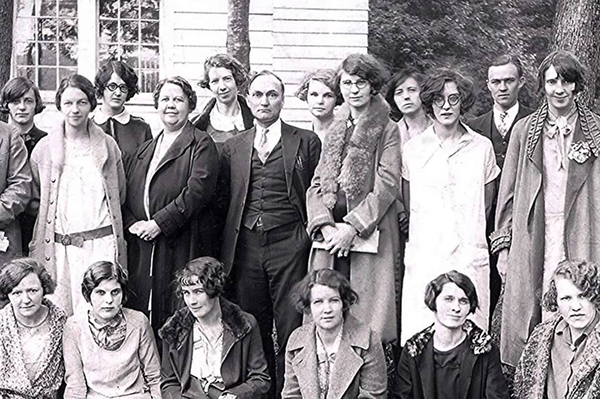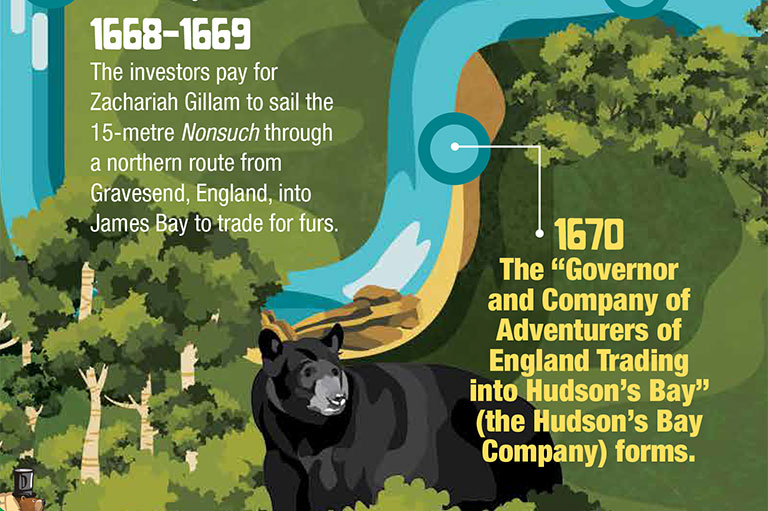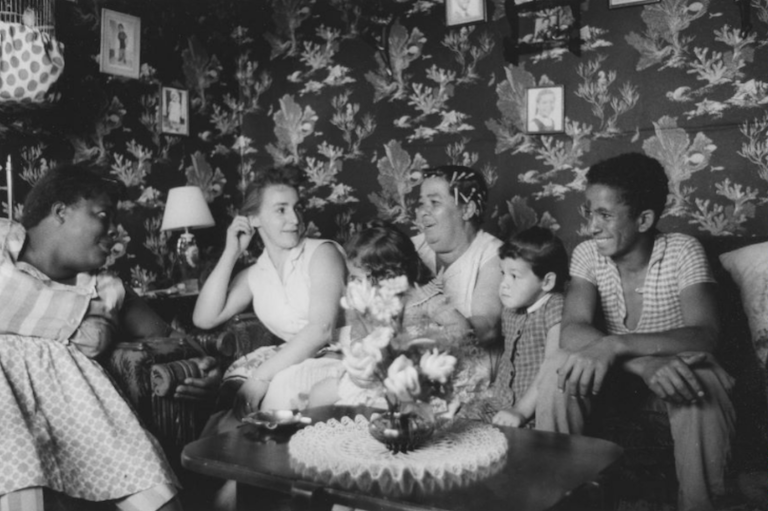Thinking Historically about 20th Century Canada
Grade Levels: 9/10, 11/12
Subject Area: Social Studies, History
Unit Overview
In this series of lessons, students are introduced to the historical thinking concepts through examining five key events of the twentieth century in Canada (Prohibition, Japanese Internment, The Cold War, The October Crisis and The Oka Crisis). The series is designed to introduce both the twentieth century course and the concepts of historical thinking, so that students from diverse backgrounds will have a foundational starting point in both content and processes for the remainder of the course.
Time Required
About three weeks for the whole series. Each lesson is designed to be two class periods.
Historical Thinking Concept(s)
This lesson plan uses all six historical thinking concepts. This includes: establish historical significance, use primary source evidence, identify continuity and change, analyze cause and consequence, take historical perspectives, and understand the ethical dimension of historical interpretations.
Learning Outcomes
Student will:
- Analyse historical events using the historical thinking concepts
- Reflect on the relevance
The Lesson Activities
- Prohibition and Cause and Consequence
- Japanese Internment and Historical Perspectives
- Cold War and Change and Continuity
- October Crisis and Significance
- Oka Crisis and Primary Source Evidence and the Ethical Dimension
Materials/Resources: (hyperlink when possible)
The Historical Thinking Project – Historical Significance Template
The Big Six Historical Thinking Concepts (Nelson, 2013) - Bio-poem template (p. 167), Living Graph Activity (p. 94-95), Create a Memorial (p. 201), Guideposts to Historical Thinking (p. 10-11),
History Uncovered (Nelson, 2014)– What were the causes and consequences of Prohibition? (p. 52-53)
Canada: A People’s History (CBC, 2000) – Episode 12 – segment “Our Investment of Blood”
Minoru, A Memory of Exile (NFB, 1992)
Prohibition to Oka (Collishaw, 2013) – links to all resources needed
References
MacLaine, C., Baxendale, M. S., & Galbraith, R. (1990). This land is our land: the Mohawk revolt at Oka. Montréal: Optimum.
Kanehsatake: 270 Years of Resistance. Dir. Alanis Obomsawain. Studio B, National Film Board of Canada, 1993.
Assessment
Use the Guideposts for Historical Thinking found on page 10-11 in The Big Six, to guide students in their peer assessments, and then to assess students’ historical thinking in their final products. You can
Each lesson in the series is designed so that the teacher is giving groups and individual students observational feedback in the process of using the particular historical thinking concept to understand the events. The teacher can also give feedback on the journal entries to broaden students’ thinking.
Near the end of the unit, students select two of the products (eg. The bio-poem, the memorial, the letter, etc.) to improve through a process of peer review, then submit to the teacher for formal assessment. Use the Guideposts for Historical Thinking found on page 10-11 in The Big Six, to guide students in their peer assessments, and then to assess students’ historical thinking in their final products.
Themes associated with this article
Advertisement




